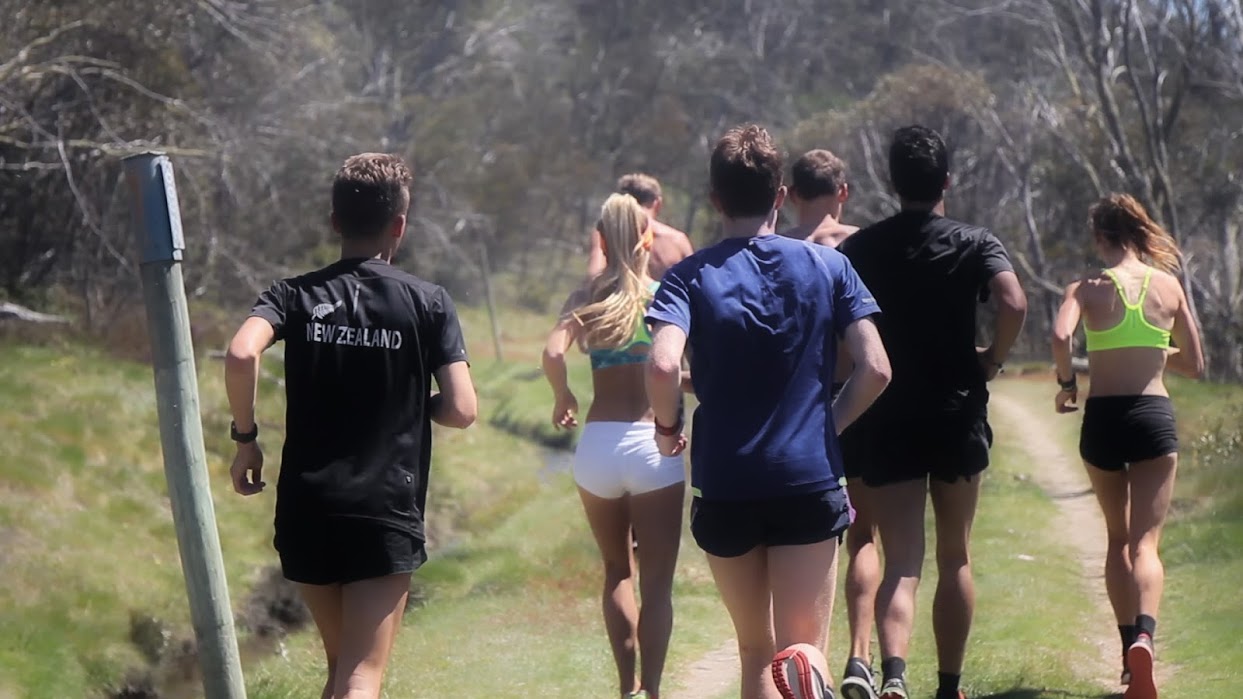The strength training argument
by Mark Blomeley for RT’s RUN SCHOOL
Strength training for runners continues to be a hotly debated topic. There are plenty of different philosophies around and most work to a degree. Increasingly though, there is very little disagreement that you should actually be doing strength training as a runner. Most coaches and support staff do recommend strength training to assist with running performance and injury prevention.
Unfortunately in the strength and conditioning field, research is quite limited, particularly for endurance athletes. Therefore, what I will provide you with today is my general approach that’s based on developing strength programs for close to a hundred runners, which I continually develop, test and modify accordingly.
I believe that runners need to be stable and strong. Strength gives us the ability to absorb the force of running, every step that we take requires that we absorb at least our body weight through each leg for tens of thousands of times every week. The more efficient i.e. strong that our musculoskeletal system can be, the more efficiently it will absorb this force. Stability gives us the ability to hold ourselves and run in the most efficient way possible.

So we therefore need to consider both of these components when developing a strength program. So let’s look at each segment separately.
Strength is developed through lifting high load for low reps. When we lift heavy we make our muscles strong and our neural pathways become more efficient. The key with lifting heavy is that we don’t want to lift for high volume. In other words most of our strength lifting needs to be 2-3 sets of up to 6 repetitions of an exercise.
I can guess what your response to this will be… “won’t I get big”. The answer here is no. Hypertrophy (building muscle) requires high volume lifting, not high load, low volume. If you’ve ever seen Olympic weightlifting you’ll notice some athletes look incredibly small but they are able to squat 300kg+, this is because they get strong without getting big. This is what we want to try to achieve (obviously not required anywhere near the same extent) but the same principle applies.
The big word of caution is that you need to be able to lift safely. If you’ve never lifted before or even if you’re unsure if your technique is right, get it check out by a strength and conditioning coach. After this then you can start adding load.
Stability is of course also important. In particular stability of the ankle and glut is important to train for runners, as well as developing core strength. A lot of injuries occur due to poor glut or ankle control. When completing stability exercises (such as glut bridges, single leg deadlifts etc) you can do as much volume as you like and do as many repetitions as you like. The more you do and the more regularly you do them the more stable you’ll become.
So that’s it. That’s basically what my entire strength and conditioning philosophy is based on.
There is very little need for the tradition strength endurance training (i.e. high reps and low weight) that has been so popular in the past. The reason, is that you guys do so much strength endurance anyway. You’re running hills, doing intervals etc, this is more than enough. You need to focus on these two other areas to compliment all the other work out of the gym you’re doing.
Live in Brisbane? Come check out how my team and I can improve your running performance. Click here to register for a 14 day Trial with Equinox https://markblomeley.samcart.com/products/equinox-trial